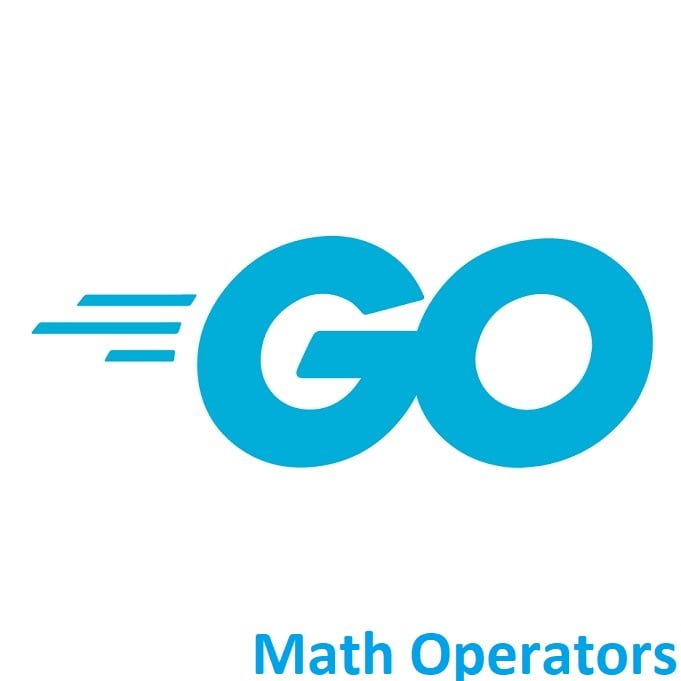
Understanding Double Pointers
Welcome to the world of Golang! The concept of double indirection opens doors to advanced memory management and flexibility in handling data structures. This comprehensive guide aims to demystify pointer to pointers, unraveling their significance, applications, and how they augment memory management in Golang programs.
How Pointers to Pointers Work
In Go, you can use pointers to pointers to work with multiple levels of indirection. A pointer to a pointer is sometimes called a “double pointer” because it allows you to indirectly modify the value of a pointer. This can be useful when you want to pass a pointer to a function and have that function update the original pointer.
Here’s how you can work with pointers to pointers in Go:
Declaration of Pointer to Pointer:
You can declare a pointer to a pointer by using two asterisks (**):
var pointerToPointer **int
This declares a variable pointerToPointer that can hold the address of a pointer to an integer.
Initializing a Pointer to Pointer:
To initialize a pointer to pointer, you typically need to allocate memory for the pointer it will point to, and then assign the address of that pointer to the pointer to pointer. Here’s an example:
var x int = 42 var pointerToPointer **int var pointer *int pointer = &x // Get a pointer to x pointerToPointer = &pointer // Get a pointer to the pointer
Using a Pointer to Pointer:
Once you have a pointer to a pointer, you can use it to indirectly modify the value it points to. Here’s an example of changing the value of x through a pointer to pointer:
**pointerToPointer = 100 fmt.Println(x) // This will print 100 because x was indirectly modified through the pointer to pointer.
Passing a Pointer to Pointer to a Function:
You can pass a pointer to a pointer as an argument to a function if you want that function to update the original pointer. Here’s an example:
func updatePointer(pptr **int, newValue int) {
**pptr = newValue
}
updatePointer(pointerToPointer, 200)
fmt.Println(x) // This will print 200 because the function updated the value of x through the pointer to pointer.
Conclusion
Congratulations on unraveling the intricacies of pointers to pointers in Golang! By grasping the concept of double indirection, you’ve acquired a powerful tool for managing memory and handling complex data structures efficiently. Pointer to pointers can be particularly useful in situations where you need to manage complex data structures or modify variables within different scopes, all while minimizing the need for global variables or returning multiple values from functions. Embrace this knowledge to enhance your Golang programming prowess and explore the versatility that pointers to pointers offer in your projects.
That’s All Folks!
You can find all of our Golang guides here: A Comprehensive Guide to Golang





